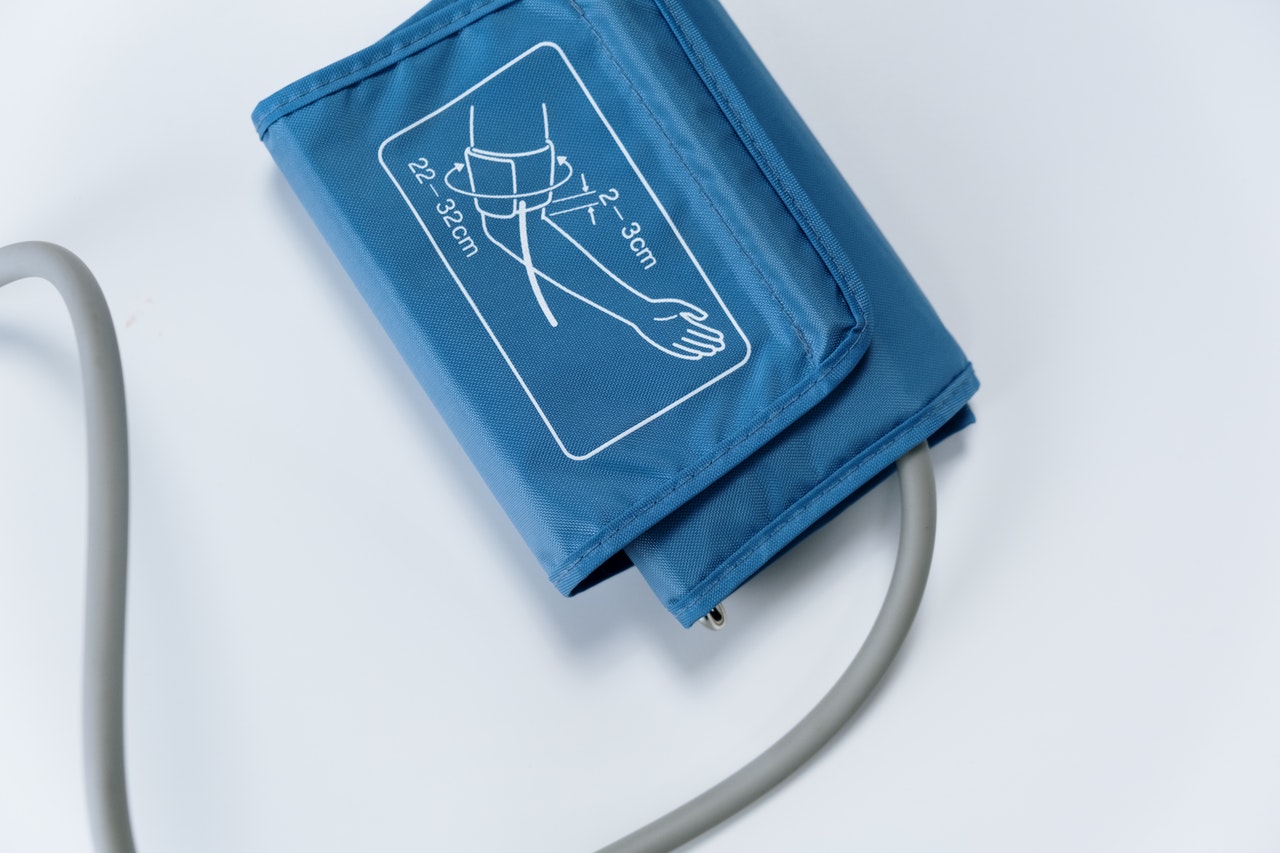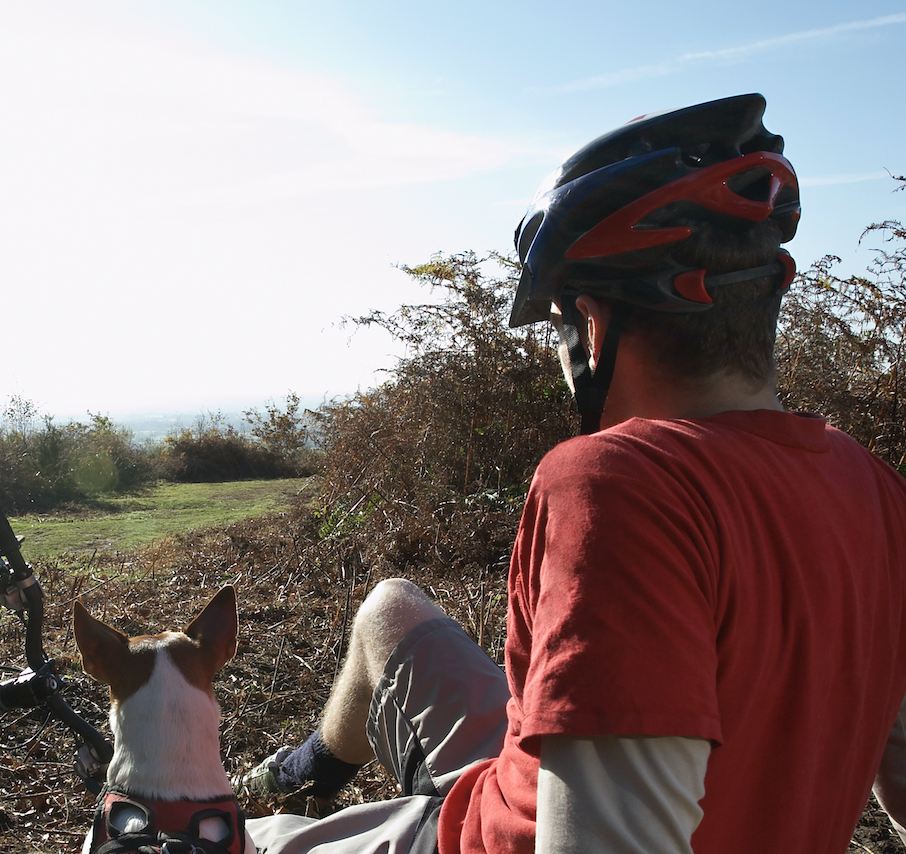
Dogs can help us build a better life for ourselves by keeping us calm and providing reasons for lots of healthy activities outside. Dogs have been known to calm people and put them in a better mood through touch, playing games, and petting. However, you may not have given much thought to your daily walks and how that activity is keeping your cardiovascular system healthy. High blood pressure is a health condition that should not be underestimated. A study conducted in the US between 2017 and 2018 showed that 46% of persons aged 20 and above are coping with hypertension (high blood pressure).
Cardiac Alert Dogs
If you are familiar with service dogs like Guide Dogs, Hearing Dogs, and Seizure Alert Dogs you might be familiar with a subsection of service dogs that help with detecting high blood pressure. These dogs are typically trained in service dog schools for a period of 2-3 years and begin training from puppyhood (at the age of 6 months). This type of dog is commonly referred to as Cardiac Alert Dogs and dog trainers prefer breeds with an acute sense of smell, high intelligence, and discipline. Most schools prefer to train Labrador Retrievers, Poodles, and German Shepherds due to their excellent sense of smell, responsiveness to commands, and intelligence. The Cardiac Alert Dog candidates are engaged in daily sessions with their trainers and they are usually trained to use a few techniques to alert the user about their high blood pressure. These signals include:
- Pawing at your foot;
- Out-of-character loud barking;
- Nose nudges;
- Perked up ears, tail, and strong eye contact;
How Much Does it Cost?
A fully trained Cardiac Alert Dog coming from a specialized school can be purchased, but you may be put on a waiting list and you may wait 1-2 years. A schooled dog, so to say, can cost you from 10,000 to 25,000 USD. The price may appear steep but you should try to think about that as a long-term investment in your good health and as a way to gain a new and exciting life companion. There is an alternative for you — train a service dog yourself. This will significantly reduce your costs but it comes with a challenge. You will need to have reliable guidance, invest time and invest a lot of work as the responsibility for the training is not something you want to underestimate.
How to Improve Your Health Without a Cardiac Alert Dog?
If you want to improve your overall health and decrease your hypertension episodes there is a reliable way that involves your dog. It is rather simple — take regular and long walks with your furry partner. You need to stay active as long as you can during the day and that will improve your blood circulation as well as help you burn calories. Walking is proven to calm the body and you should not miss your opportunities to pet your paw partner. Dogs love attention and they love playtime. A nice long walk in the park or around the neighborhood every day should help you clear your mind, enjoy some fresh air, and will effectively lower your blood pressure. It is a good idea to make a schedule and strive to follow that rigorously. The walks with your dog should be a good way to keep not only your dog active and healthy but just as much yourself. The time spent outside is likely to open you to conversations with more people who may be interested in your dog and that should help with any anxiety and communications problems.
How to Choose a Dog That Can Help With Hypertension?
It is important to consider how big your home is and if you have any allergies. There are hypoallergenic breeds like the Poodle that can be a good choice for people who are allergic to dog fur and dandruff. If you are living in a small apartment, you should consider a small breed like the Cocker Spaniel, the Yorkshire Terrier, or the Boston Terrier. People enjoying a spacious home may enjoy having a Portuguese Water Dog, a Vizsla, or a Belgian Malinois. You should think about how active the breed is and choose a dog that matches your activity levels comfortably. If you are living in an apartment building you may want to avoid more vocal canines. Whatever your choice may be, remember that you are entering a relationship that will last for a long time and will be an important change in your life, so you should choose wisely.












